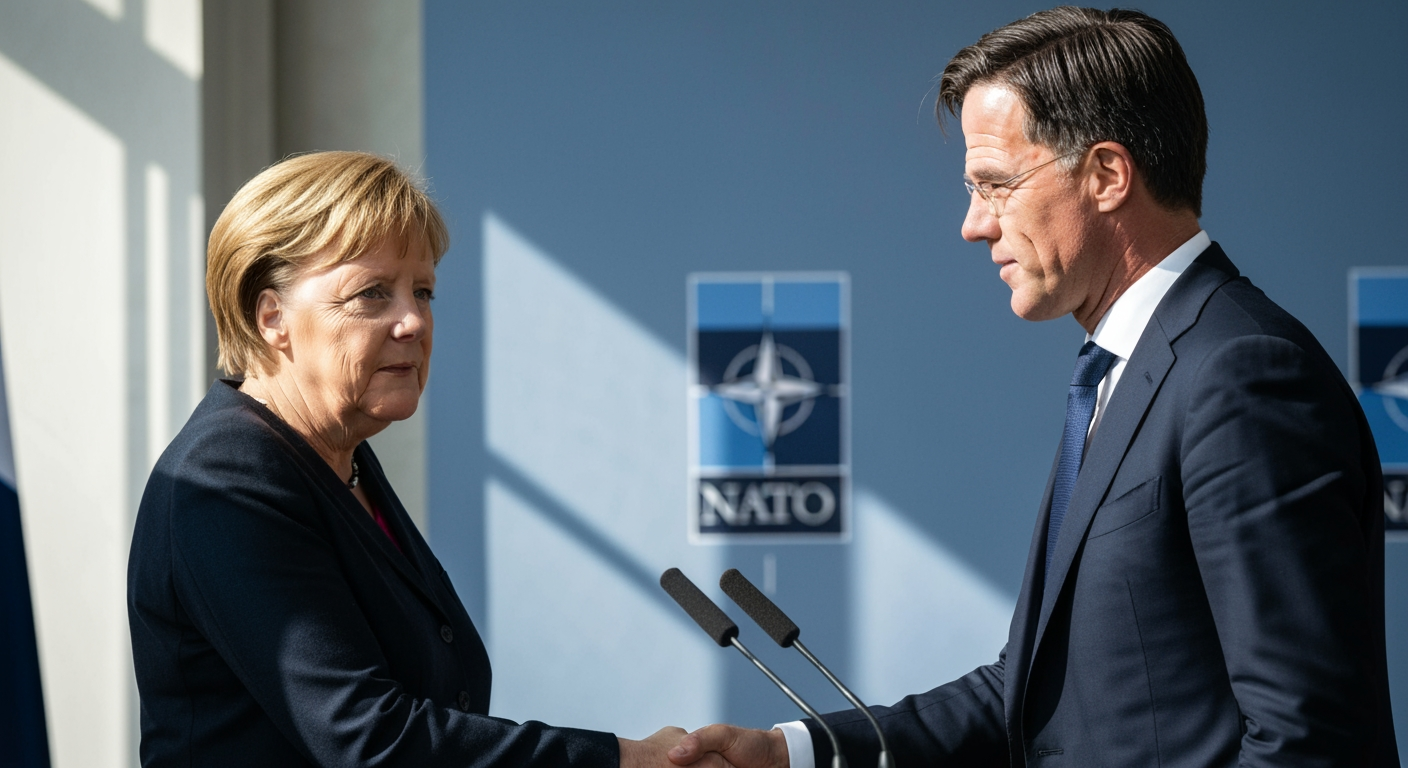European Central Bank Cuts Key Interest Rate Amidst Economic Uncertainty

The European Central Bank (ECB) has lowered its key interest rate by a quarter of a percentage point to 2.5%, a move designed to stimulate the Eurozone economy amidst concerns about slow growth and potential trade wars. The decision, announced Thursday, marks the sixth such cut since June of last year, as the central bank navigates a complex landscape of near-target inflation and persistent economic headwinds.
Rate Cut Details and Rationale
The ECB's Governing Council decided to reduce the interest rates on the deposit facility to 2.50%, the main refinancing operations to 2.65%, and the marginal lending facility to 2.90%, effective March 12, 2025. This comprehensive cut aims to lower credit costs for consumers and businesses, encouraging borrowing and investment. The ECB hopes that cheaper borrowing will spur economic activity in the 20 countries that use the euro.
The decision comes as inflation in the Eurozone has cooled to 2.4% in February, close to the ECB's 2% target. However, this figure was slightly higher than the forecasted 2.3%, with services inflation remaining stubbornly high at 3.7% year-on-year. The ECB's monetary policy is becoming "meaningfully less restrictive," according to a statement, as the rate cuts make new borrowing less expensive. However, the statement also acknowledged that past interest rate hikes continue to impact the overall stock of credit, keeping lending subdued.
Economic Growth Concerns
The rate cut reflects the ECB's growing concern about the Eurozone's weak economic growth. The Eurozone experienced zero growth in the last three months of 2024, and projections for 2025 remain muted. The ECB has revised down its growth forecasts to 0.9% for 2025, 1.2% for 2026, and 1.3% for 2027. These figures highlight the challenges facing the Eurozone economy, including uncertainty surrounding international trade and geopolitical tensions.
Impact of Potential Trade War
A significant factor influencing the ECB's decision is the looming threat of a trade war with the United States. U.S. President Donald Trump has threatened to impose a 25% tariff on EU imports, prompting warnings of retaliation from the bloc. Such a trade war could disrupt supply chains, create production bottlenecks, and, most importantly, generate uncertainty that delays investment and consumption decisions.
Economists at Deutsche Bank predict that the negatives of a trade war will outweigh the positives of increased defense spending in 2025, further justifying the ECB's accommodative monetary policy. The potential impact of U.S. trade policy makes it difficult for the ECB to provide clear guidance on future rate movements.
Geopolitical Tensions and Increased Spending
Adding to the economic uncertainty are intensifying geopolitical tensions and a push for increased defense spending across the Eurozone. While increased government spending, particularly in Germany, could stimulate growth, it also carries the risk of intensifying upward inflationary pressure. This creates a dilemma for the ECB, which must balance the need to support growth with the need to maintain price stability.
Germany has announced plans to boost government spending, including easing fiscal rules for defense and creating a €500 billion infrastructure fund. This fiscal expansion led to a historic move in the bond market, with the yield on the 10-year German bond jumping significantly. However, expectations of large bond issuances across the Eurozone could limit the potential for further ECB rate cuts.
Future Rate Decisions and the "Neutral Rate"
Looking ahead, the ECB faces a challenging path in determining the future course of interest rates. The central bank is approaching what economists call the "neutral interest rate," a level that neither stimulates nor inhibits the economy. Estimates for the Eurozone's neutral rate range from 1.5% to 2.5%. With the deposit rate now at 2.5%, the ECB has limited room for further cuts before potentially entering stimulative territory.
Within the ECB, there is a debate about the appropriate level of the neutral rate. Some policymakers argue that it could be higher than current estimates, pointing to factors such as growing climate investment and a shift from excess savings to excess bonds. Others argue for deeper cuts, potentially below 2%, to provide further support to the economy.
Comparison with the United States
Across the Atlantic, the Federal Reserve is also considering its next monetary policy decision. While forecasts suggest that U.S. interest rates will be cut two or three times in 2025, these moves are expected to come later in the year. The ECB's decision to cut rates ahead of the Federal Reserve reflects the differing economic conditions and challenges facing the Eurozone and the United States.
Conclusion
The European Central Bank's decision to cut its key interest rate underscores the fragility of the Eurozone economy and the challenges facing policymakers. While the rate cut aims to stimulate growth and support businesses and consumers, it also reflects concerns about weak economic prospects, potential trade wars, and geopolitical tensions. The ECB's future rate decisions will depend on a complex interplay of factors, including inflation, economic growth, and the evolving global landscape. The path ahead remains uncertain, and the ECB will need to carefully navigate these challenges to ensure price stability and sustainable economic growth in the Eurozone.


